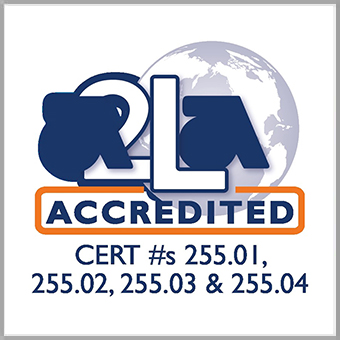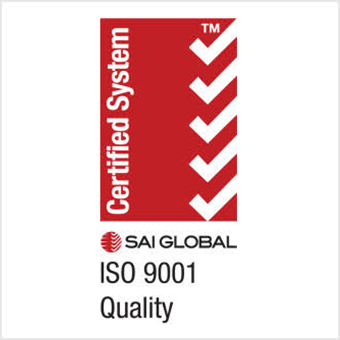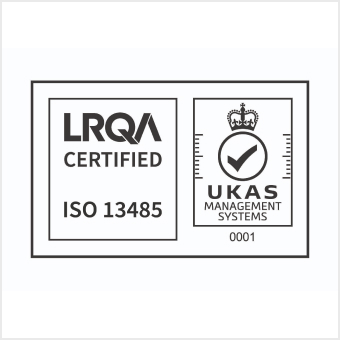1. Incoming raw material inspection
a. Key characteristics for certain raw materials
2. Mixing of rubber
a. Batch vs. continuous mixing
b. Rotor types
c. Batch sizing
d. 1 pass vs. 2 pass mixing
e. Conventional mixing vs. upside down mixing
f. Durometer effects on mixing
g. Mixing for polymer
h. Raw materials that require special attention during mixing
i. Common mixing problems
j. Common milling problems
k. Batch take off
3. Testing for Quality Control
a. Rheology
i. ODR/MDR
ii. RPA
b. Mooney viscosity and scorch
c. Hardness (Durometer)
d. Physical properties
e. Specific gravity
f. Common dispersion tests
i. Tight Mill
ii. Smile Die Extruder
iii. Dispergrader
iv. Phillips Dispersion
g. In depth dispersion tests
i. SEM/EDX
ii. nSpec Dispersion
h. Specialty flow tests
i. Garvey Die Extrusion
ii. Porosity
iii. Spider Mold Flow
iv. Cpk vs. standard deviation
4. Processing of Rubber (Vulcanization Types)
a. Molding
i. Injection
ii. Compression
iii. Transfer
iv. Common Molding Problems
b. Extrusion
i. Liquid Curing Medium (LCM)
ii. Microwave
iii. Hot Air Oven
iv. Common Extrusion Problems
c. Calendering
i. Common Calendering Problems
d. Steam Cure
i. Autoclave




